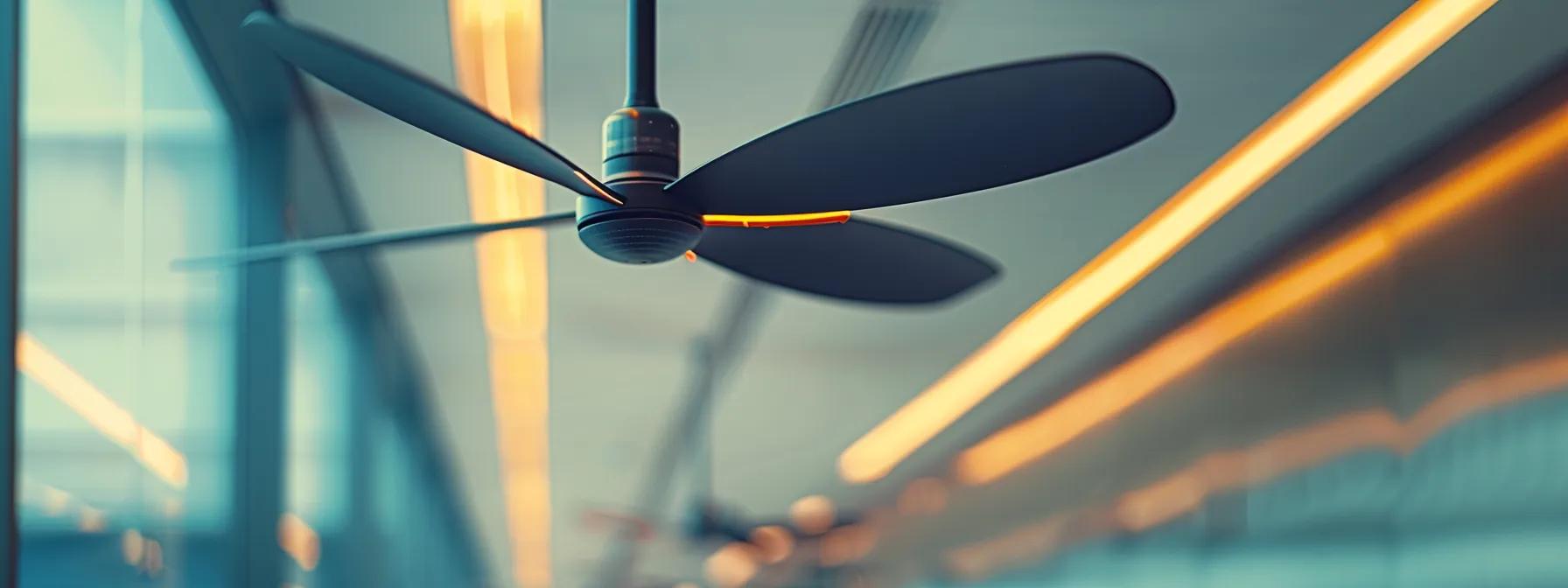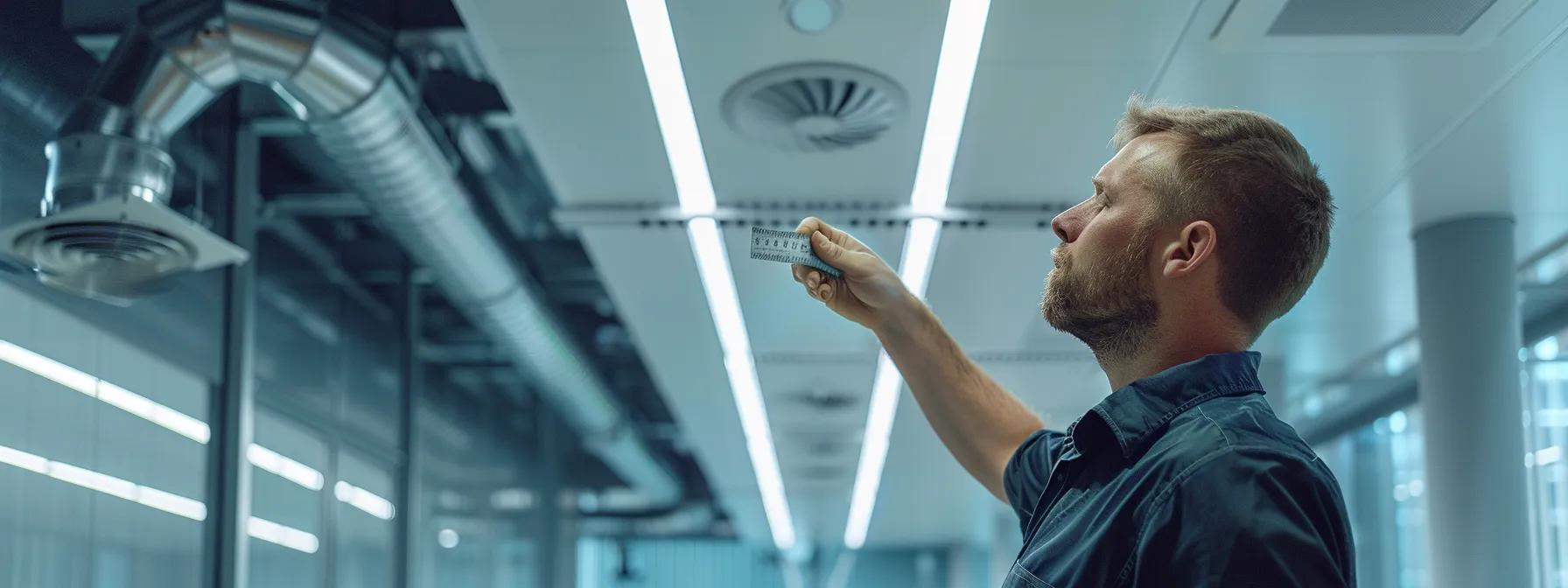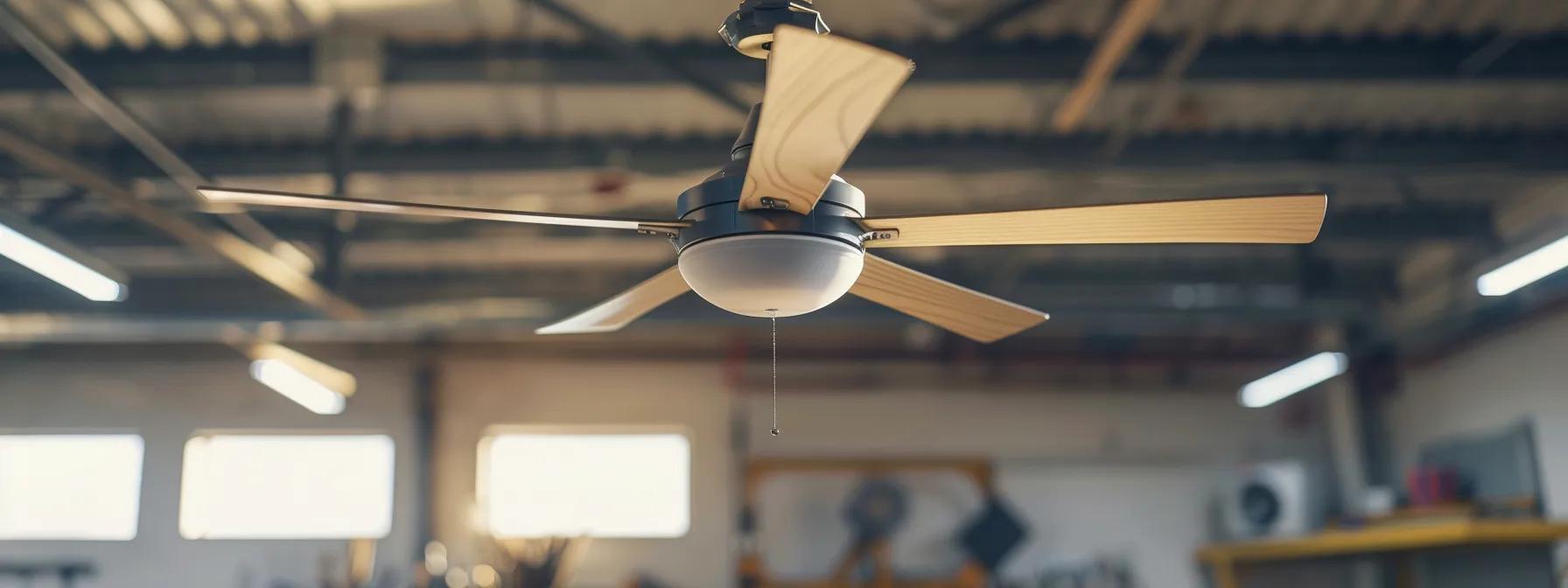How to Detect an Unbalanced Ceiling Fan
Your ceiling fan is not just a decorative piece; it plays a crucial role in maintaining comfort within your home or office. However, an unbalanced ceiling fan can lead to various issues, including noise, poor performance, and even potential safety hazards. This guide will help you identify signs of an unbalanced ceiling fan to ensure it operates efficiently and safely. Below are the most common indicators and how to address them, ensuring your ceiling fan remains a reliable part of your environment.
1. Recognizing Physical Signs of an Unbalanced Ceiling Fan

One of the first indicators that your ceiling fan is unbalanced is visual instability during operation. You’ll notice that the fan wobbles or shakes, which can be alarming and indicative of deeper issues requiring ceiling fan repair. Ensuring your fan blades are equally spaced and securely attached is essential, as uneven weights or misalignments can lead to wear and tear on the motor. Regular inspections keeping dust and debris at bay can make a substantial difference in the fan’s longevity.
2. Identifying Unusual Noise Patterns

Another clear sign of an unbalanced ceiling fan is the emergence of unusual noises. If your fan is producing clicking, rattling, or grinding noises during operation, it could suggest that specific components have become loose or worn out. This can lead to additional issues if not addressed promptly. Not only do you risk potential mechanical failure, but these noises can also disturb the ambiance of your home environment.
3. Inspecting Blade Alignment and Condition

Inspecting the alignment and condition of your ceiling fan blades is crucial in diagnosing balance issues. If the blades are warped, damaged, or not level with each other, this can significantly affect the fan’s balance. To check, use a tape measure to ensure that the distance from the ceiling to each blade is equal. If you find any discrepancies, you may need to adjust or replace the affected blades to restore the fan’s balance.
4. Detecting Shifts in Fan Housing and Mounting

Shifts in the fan housing or mounting can also be a significant sign of an unbalanced ceiling fan. Examine the mounting bracket to ensure it is securely attached to the ceiling. Loose fittings can cause the fan to shift, leading to imbalance and inefficiency in operation. Tighten any screws or bolts that you find loose, and consider reaching out to a licensed electrician if you encounter continuous mounting issues.
5. Evaluating Performance Irregularities

Performance irregularities, such as diminished airflow or speed variations, can indicate an unbalanced ceiling fan. If your fan struggles to provide consistent airflow or seems less powerful than it should, this may be a sign of strain due to imbalance. Regular maintenance, including cleaning the fan and checking the motor’s health, can help maintain optimal performance.
6. Applying Simple Diagnostic Tests

Applying simple diagnostic tests can further help identify issues with your ceiling fan. An easy method involves taking a lightweight object, such as a small piece of tape, and adding it to the end of each fan blade. This quick test allows you to see which side of the fan is lighter or heavier. Correcting the imbalance might involve trimming blades or adjusting weights along the blade edges.
7. The Importance of Professional Inspection

In some cases, the signs may not be just about unbalanced blades. If you’ve tried correcting issues but continue to experience problems, it could be time for a professional inspection. Our licensed and insured electricians have over 20 years of experience. We specialize in home and commercial electrical installations and repairs. By consulting with our professionals, you ensure the safety and functionality of your ceiling fan and your home’s overall electrical system. With customer satisfaction at the forefront of our service, you’ll appreciate the peace of mind that comes from working with experienced technicians.
How often should I check my ceiling fan for balance issues?
You should check your
for balance issues at least twice a year during regular home maintenance.
Can an unbalanced ceiling fan cause any harm?
An unbalanced
can lead to mechanical failure and may increase the risk of falling or electrical problems.
Are there specific tools I need to inspect my ceiling fan?
A
,
, and possibly a
for safe access are typically needed.
What should I do if I cannot balance my ceiling fan?
If balance issues persist, consult a licensed
for professional help to ensure
.
Can I fix an unbalanced ceiling fan on my own?
Yes, many balance issues can be fixed with careful adjustments, but consult professionals for persistent problems.
Detecting an unbalanced ceiling fan is essential for ensuring safety and efficiency in your home or office. Regular checks for visual stability, unusual noise patterns, and blade alignment help maintain performance levels. If you experience persistent issues, consult a licensed electrician to guarantee a safe and functional electrical system. Keep your fan functioning optimally for years to come!

